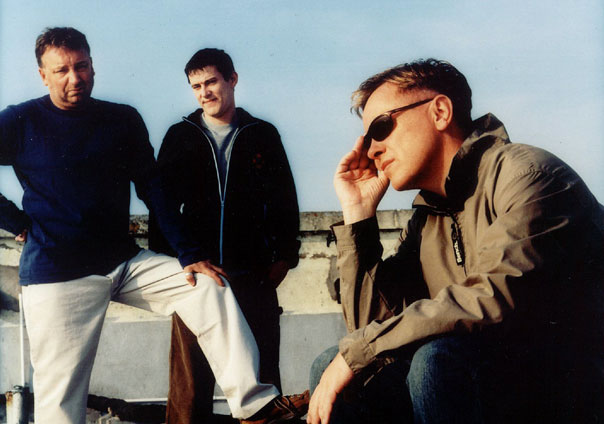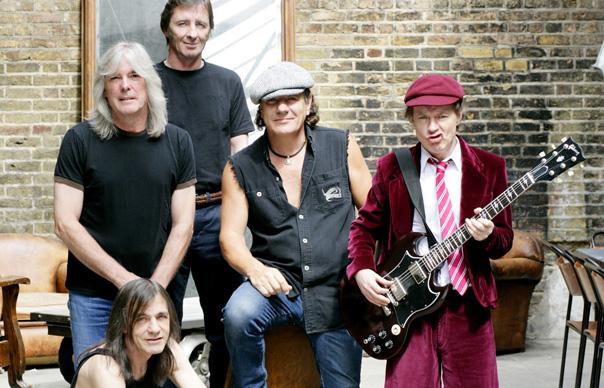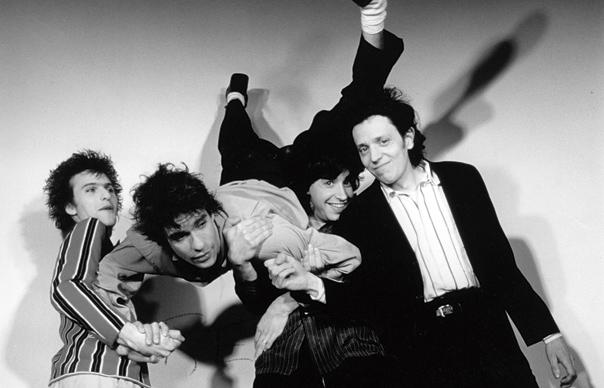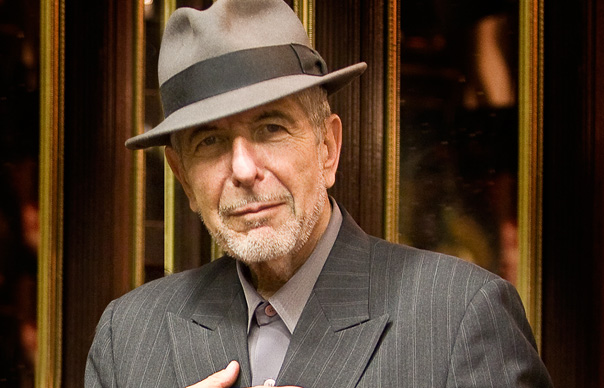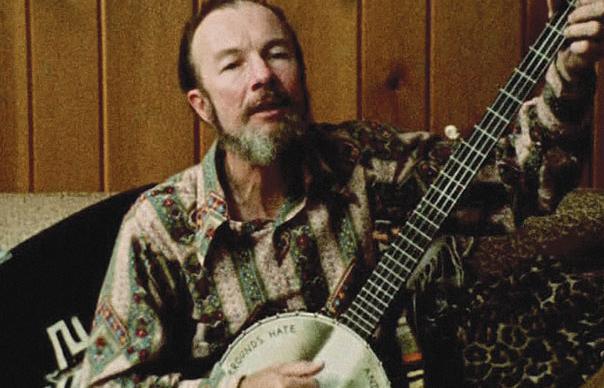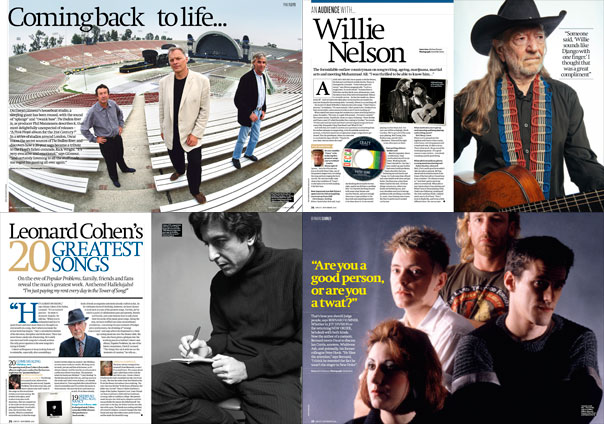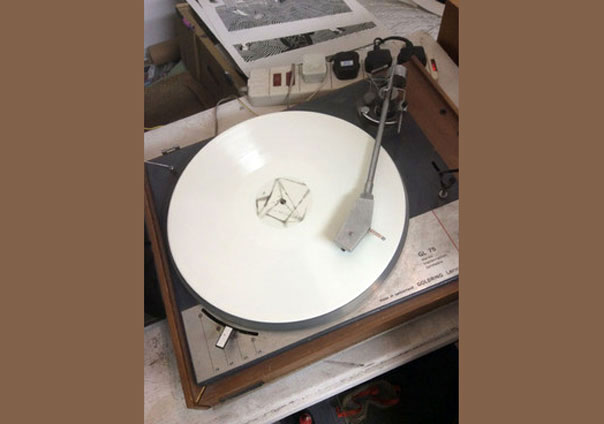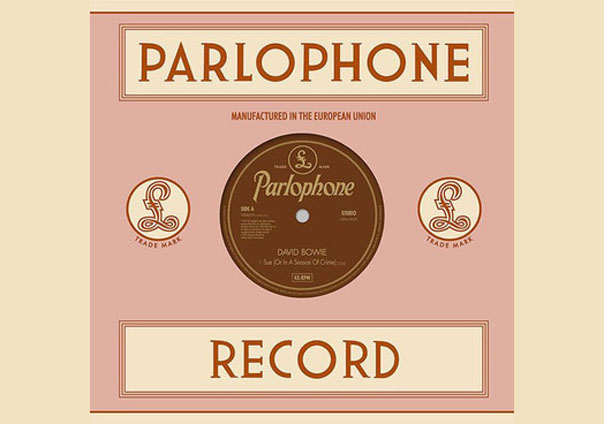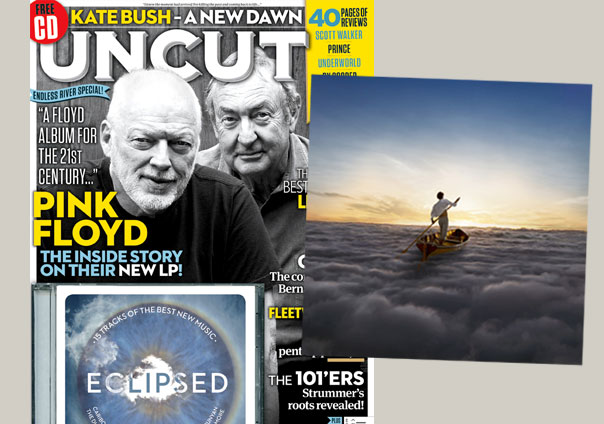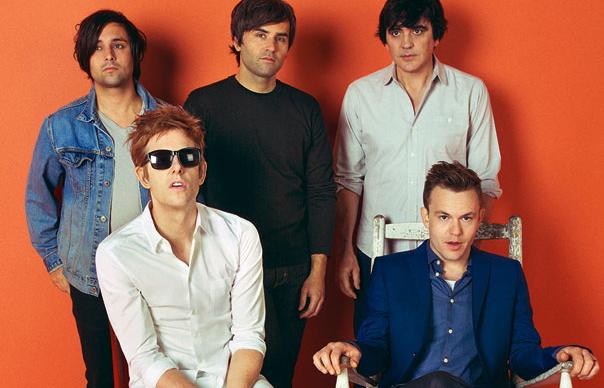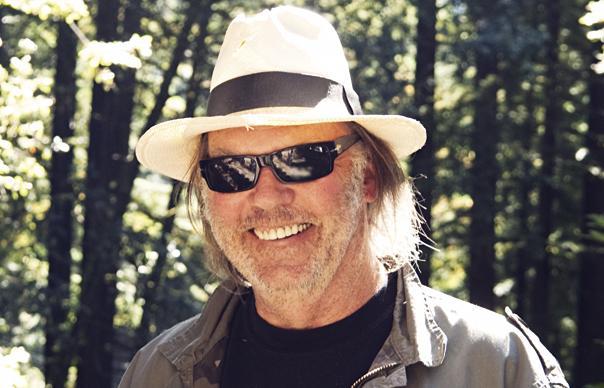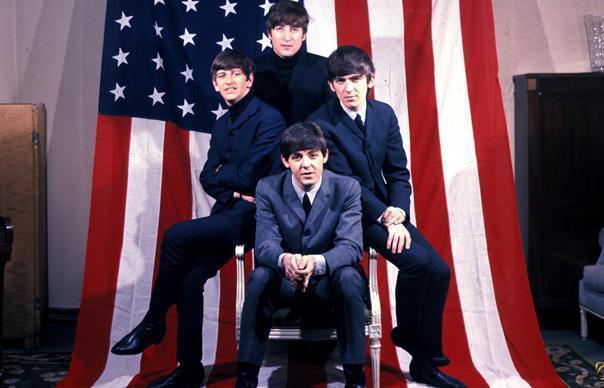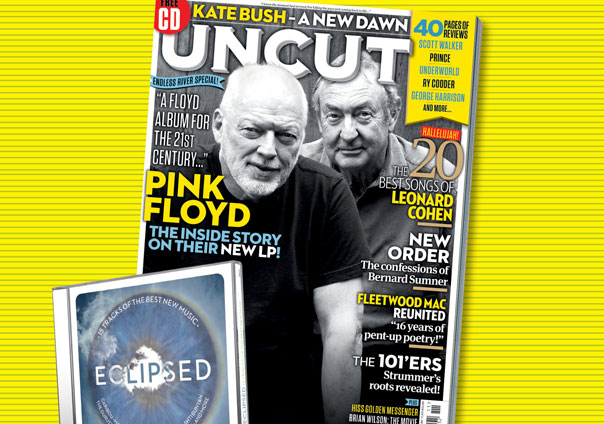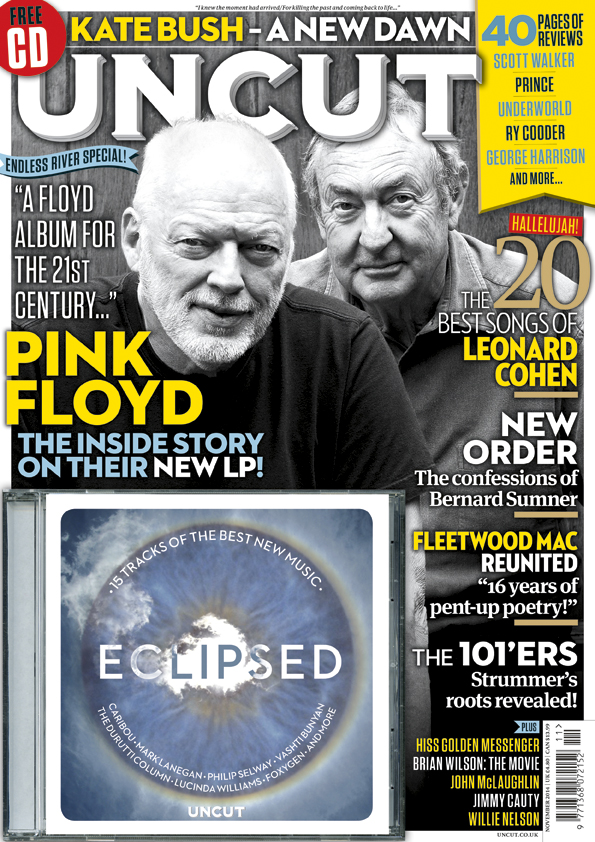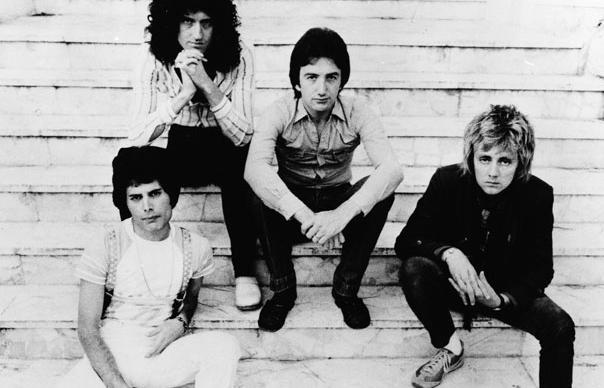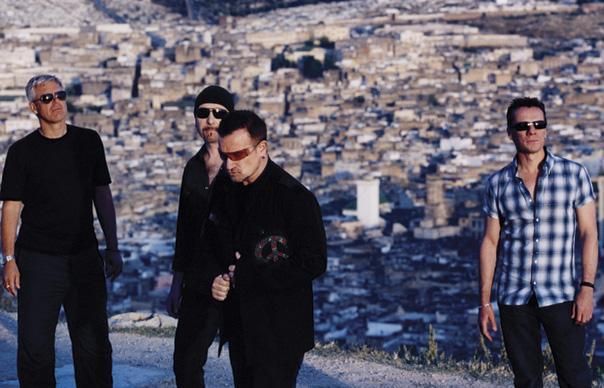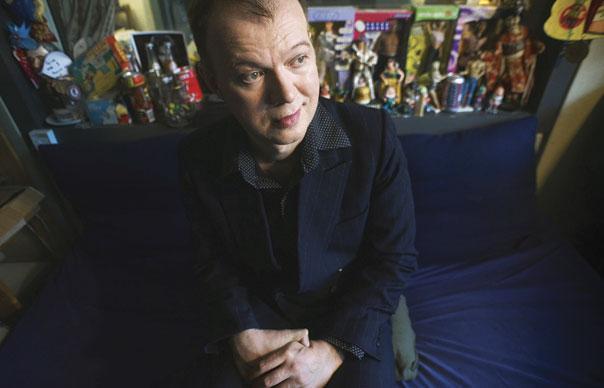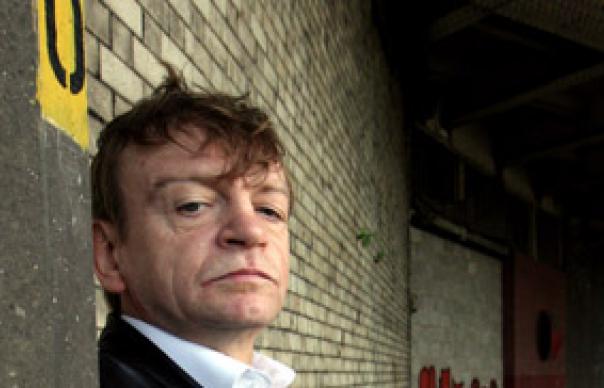Slow-burning experimental rockers achieve explosive release on terrific eighth…
The phrase ‘critical darling’ is one of the worst brickbats that can be thrown at a band. Under the pretence of being a compliment, it suggests their work is not to be passionately celebrated, empathized with, or enthused about; merely evaluated, more a matter of the head than heart. Pity Spoon then, who, at least in the UK, are the definitive critical darling. According to the online reviews aggregator Metacritic, they are the most favourably-reviewed band of the noughties, placing them somewhere between, say, mumblecore and tagines in an elegant but underpopulated corner of this country’s public imagination.
All of which feels like a terrible misunderstanding, because Spoon exemplify the qualities of the very best bands. In the recent tradition of groups like The Sea and Cake, The Walkmen or Wilco, they’re an urbane US outfit confident enough in themselves to play what they want, not what they think they should. What that means here is classic, joyous rock’n’roll, played on rickety pianos and cleanly strummed guitars, and filled with clever production tricks: a bit of studio chatter here, a flourish of mysterious static there. This is a group for whom form is everything, who can swagger through garage rock and bluesy stompers, hunched art-rock and pretty balladry, but always make sure it hangs correctly on their shoulders. It’s proved a winning formula in the United States. On their last tour, they sold out Radio City Music Hall, while their last two albums have gone top ten.
Front and centre here is Britt Daniel who, a bit like John Lennon, sings in an enjoyably adenoidal and bunged-up way, sometimes breaking free with a soulful chest-driven holler. Melodies are often carried by the basslines, played by the casually dextrous Rob Pope, while drummer Jim Eno slips in sly tricks to keep the driving rhythms ticking with an unreadable intention. Keyboards and guitars flesh out the songs without them ever running to fat.
On early albums this sound took on a slightly happenstance air, which was then pared back for their first masterpiece Kill The Moonlight (2002) – piano chords were played with manic repetition in the album’s jittery anthems, assailed with claps and finger snaps. On next album Gimme Fiction, funk crept in, staying and maturing on the blockbusting Ga Ga Ga Ga Ga. 2010’s Transference, however, seemed fraught with the anxious sounding music of their earliest records. These anxieties are swept away again on this, their eighth album, where everything shines out brighter and louder than ever before as they return from a three-year break.
“Rent I Pay” opens with a sleazy electric shimmy, the central riffs underlined by swells of organ. As with the excellent “Rainy Taxi”, here Spoon let themselves drift into the red, the song’s seams straining with distortion. Where once a band’s graduation to the big leagues was marked by cleanliness, Spoon, like the Black Keys or Jack White (who these bluesily rocking tracks somewhat recall), are among those who enjoying the freedom to be as loud now they’re near the top as they were on the way up.
And like the Black Keys, they know when to be slick. At the smoother end of the spectrum the album offers “Outlier”. Here, Edge-like guitars stream through synths, handclaps, and vocal hooks recalling, of all things, Pulp’s disco moments. “Do You” straddles the clean/dirty impulses, with peppy guitar strumming soothing Daniel’s wracked vocals.
Daniel used to make sound effects for videogames, and that talent for evocative sound pockmarks the album. On “Knock Knock Knock”, an eerily inhuman whistle floats up through the traditional guitar, while “Outlier” has its pomp shorn off by a slow introductory fade in – it feels as though the band are jamming for the pleasure of it and an arena crowd has merely stumbled in. As with Wilco’s Yankee Hotel Foxtrot, the production builds a rich emotional topography for the songs on They Want My Soul, rather than decorating them with shiny follies.
Spoon are at their absolute best when they ratchet up this experimentation. 2002’s “Paper Tiger”, just a few strands of sound floating past each other on their way to other songs, or “The Mystery Zone” from Transference, with a one-note bassline and an unchanging riff that suddenly cuts into silence. On “The Ghost of You Lingers” in 2007, which has no drums at all, Daniel calls bleakly at the song’s walls: “I had a nightmare nothing could be put back together.” As if to suggest we expect the unexpected, here Spoon offer their most traditional moment ever: “I Just Don’t Understand”, a simple cover of Ann-Margret’s country waltz from 1961. It’s fond rather than ironic, and certainly has charm, but the band remain best when drawing their own maps.
They make up for it with their best song to date. On “Inside Out”, Daniel uses a surefooted old-school rap breakbeat as a focal point to help collect his thoughts. It sounds as if he’s been knocked for six by love, and “time’s gone inside out”, leaving him dazed but with a new perspective – one rendered by the gorgeously airy environs of the song. “I don’t make time for holy rollers; there’s only you I lead,” he sings, swooningly romantic and a little crotchety at the same time. A wonderful harp solo and ethereal trails of twinkling sound add the gilt edging to an exquisite portrait.
They Want My Soul could well be the point in Spoon’s career where respect turns to love. It may not have the dizzying conceptual highs of previous records that so enthralled critics, but has something equally valuable: a rock’n’roll band remembering the noise of rock and the swing of roll, and as such it may be their most crowdpleasing record. “Maybe things would have happened a lot quicker if I’d just gone out with Lindsay Lohan,” Daniel said to an interviewer a few years back. This album should finally ensure he never has to resort to that.
Ben Beaumont-Thomas
Q&A
Britt Daniel
Why did Spoon have a long break before this record?
The beautiful part about being in a band is doing shows and making music, and being absorbed by music. And there’s this other part: the business part, a popularity contest and competition, that personally I was getting too involved in. Competition was where my head was at for a while. Transference did alright, but it didn’t do as well as we wanted it to. It just wasn’t as fun for a while. It wasn’t the most fun record to tour, the songs were internal; they’re not blast on your car stereo kind of songs. I think it’s a great record, it’s more of a ‘sit in your bedroom’ record. So we said we should just go away for a while.
You ended up with some brand new sounds: heavier rock, dancier tracks, more delicate ballads…
We always try and do something we haven’t done before. I suggested the band that they get together and make some music without me, that I could sing on top of, and they came up with some great stuff. Outlier, that was started by Jim and Eric, and as soon as I heard it I thought: this is fucking great – can I put some vocals on top of it? With Inside Out, we had a [demo] track that was me singing on top of an 8-note toy piano – I was in this phase where I was obsessed with Dr Dre, so this is our interpretation of him, basically. I have this attraction to melancholy in music, the bitter longing in songs – on Inside Out, the chord changes alone evoke that.
You worked with outside producers for the first time.
(Recent Morrissey producer)Joe Chiccarelli is a very pro, old-school producer, a traditional rock producer. We had too many disagreements with him about what the big picture should be – we wanted something a little bit weirder, less traditional. He wants to run the show, and I felt like he thought most of our ideas are bad, and I know our ideas aren’t bad. So we had to make a switch. Dave Fridmann came in, mixed the whole album and produced about half of it – his deal is to make everything very maxed-out and noisy and distorted and dirty, that’s his thing.
What were you writing about lyrically this time round?
Getting my heart broke. And breaking it myself. I kind of felt like the perspective of this one was… I remember when I was growing up and really becoming a person, maybe 15 or 16, and feeling like I didn’t know any people older that 30 who were leading interesting lives. It just seemed like they were dead, and it was a terrible way to live. And I honestly thought that before I got to be 30 I would have offed myself or be dead in some way. I couldn’t picture living past 30. Eventually I got out of my home town and saw that there were people over 30 who were living interesting, rich lives and being humane and making the world better. I get that now. But there’s still that little 15 or 16 year old, screaming ‘what the fuck is going on here?’ Maybe that’s why I’m in a rock n roll band.
There’s also a character from your album Kill The Moonlight, Jonathon Fisk, who reappears in the title track – why did you bring him back?
Jonathon Fisk was a made up name for a person I really did know in middle school – he was not my friend, and a bit of a bully, and would fuck with me on the way home from school. They Want My Soul is a song about soul-suckers in general, people that front – I liked the title, it reminded me of a creepy Suicidal Tendencies song that would have freaked me out in high school. So I was thinking of these soul-suckers, and Jonathan Fisk was definitely one. I think it’s a lost art, conjuring up these characters from other songs.
You’ve become more and more popular, breaking the US top ten – have you started writing for a mainstream audience?
When we make a record we’re in our own insular world, and focus on what pleases us, and then our vantage point shifts to: well, I hope other people like it too. When we just got the basic track down on “Rent I Pay”, we were recording out in the country in upstate New York, and it was about 40 miles away from anything but a gas station. At the end of the day we’d all pile into our rental van and listen to what we did that day, and we put on Rent I Pay, and I got some shivers. I knew that was going to be a good one. It was hard rock in a way that we hadn’t done before. And then it crosses your mind – people will like this, because I really like it.
The band has been together for over 20 years – how have you changed in that time?
I didn’t know where I was going when I started out. We had a hard enough time just getting gigs, so when we started making the first songs, it was all about: what songs can we write that will go over well in a tiny bar? And get people jazzed enough to come see us next weekend? We thought that was loud, fast songs. Eventually we found ourselves in this position to actually make records, and it wasn’t all about trying to bash people over the head, to get them to have a good time in bar. But I always wanted to make an album called Ten Bangers – all rockers. But then Miley Cyrus came out with Bangerz, and she ruined it for me.
Is it still fun?
There’s nothing else I’d rather be doing. It’s the best job. I love going out and doing shows, it’s one of the most relaxing parts of my life, which some people find hard to believe. If you’re out on the road doing shows, there’s less you can do: I gotta eat today, shower at some point, find my way to soundcheck. It’s almost like being a hunter gatherer; there’s not much more you can worry about. Living in that frame of mind, I love it. I can’t do it all the time, but when I get to do it, it’s the best.
INTERVIEW: BEN BEAUMONT-THOMAS


